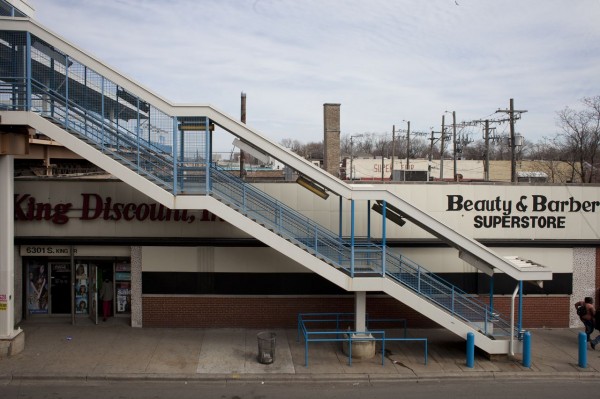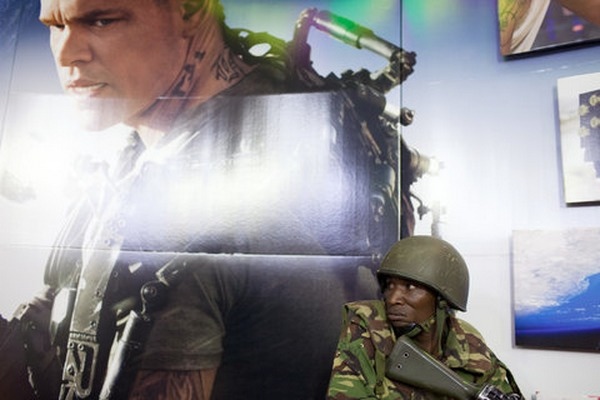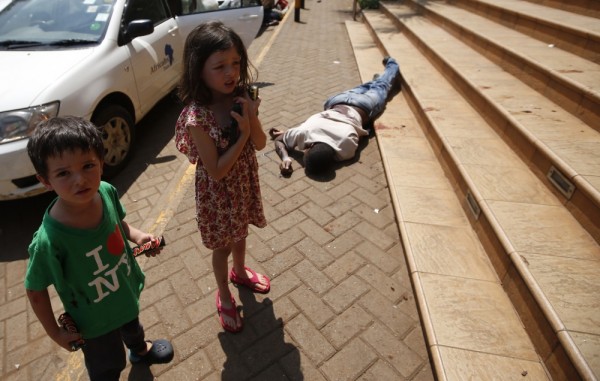Notes
Photo Requests from Solitary: S. Martin Luther King Drive and E. 63rd Street
In its second year, still in its infancy, the projects that fill the Photoville shipping containers at Brooklyn’s Pier 6 are an eclectic mix. There is one volume there, however, that isn’t lacking in the slightest for immediacy, simplicity and poignancy. Here’s the short lead-in to the project:
What would a person in complete isolation want to see? Men in solitary confinement at Tamms supermax prison in Illinois were asked to request a photograph of anything in the world, real or imagined, and Tamms Year Ten found photographers to make the images.
As someone deeply and persistently interested in the meaning and perception of photographs, each image on display is fascinating considering both ends of the transaction. What did the inmate, cut off from human contact, want to see? How was that interpreted by a photographer? And, in what ways was it received?
Please take a look at the other images (linked below). I also encourage you to lend your support to the project to help end tho particularly barbaric form of state-sponsored torture. As we do here every day, however, I wanted to focus and reflect with you on just one of these images. (You can click the photo for full size.)
The photo above is described by this copy:
Charles asked for pictures of four intersections in the south side of Chicago that he used to know very well: 63rd and King, 63rd and Calumet, 48th and Wabash and 61st and Indiana. Having been in prison for 22 years, he wrote: “I feel forgotten, cast away but God uses this time to show how he never forgets about us no matter what, and I will like to thank you all for everything you do and everyone at Tamms Year Ten. I do feel bless having you all in my life.” This is S. King Drive and E. 63rd Street. Photo by Jason Reblando, 2012.
I am particularly intrigued about the photographer, Mr. Reblando’s decision-making process in carrying out Charles’ request. First pass, I was not just struck by the emptiness or, the quiet here, but I felt worry. Was this a lost opportunity given the option of capturing the scene at rush hour even, populating the scene — and Charles’ cell, with his neighbors coming and going?
Feeling more wishful and maybe more poetical, though, I envisioned different psychological upsides. The first was the idea that the quality of isolation, extended to such a familiar place, could not just be soothing but, in a way, link Charles’ experience of isolation closer to home. The other thing I imagined was an alliance between the photo and his memory. Sure an image from rush hour would open a window to humanity that has been cruelly withheld. Is it possible though that the relatively empty scene would serve more of a prompt for Charles to fill himself in, even viscerally recollecting different times he was passing through? Of course, the wonderful presence of the woman in the photo, where she is placed, and that other foot too, invite other possibilities.
What do you imagine, and what are your impressions of Jason’s offering to Charles?
Here is more description of the “Photo Requests from Solitary” project at Photoville and this post at Huffington presents the photos being exhibited.
(Photo: Jason Reblando)



Reactions
Comments Powered by Disqus